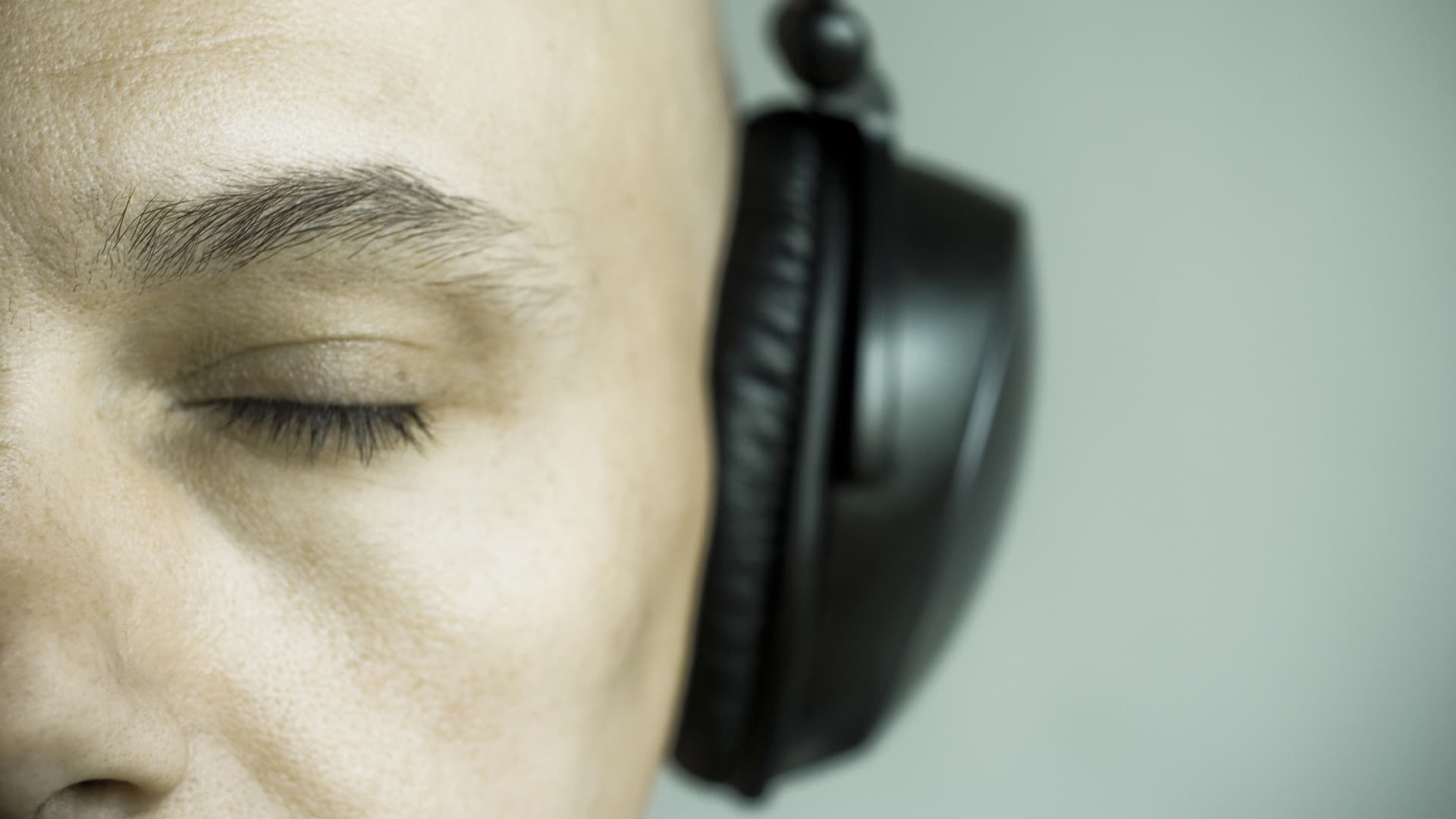The Bahá’í teachings offer a profound lens through which we can examine the enigmatic world within the minds of adolescents, particularly those navigating the tumultuous sea of their thirteenth year. This period, often characterized by a cacophony of changes—both psychological and physiological—presents a rich tapestry of experiences and thoughts that merit exploration. The Bahá’í perspective, emphasizing unity, personal development, and moral agency, provides a unique framework for understanding the complexities at play.
First and foremost, it is essential to recognize the transformative experiences that arise during adolescence. A fourteen-year-old may find themselves oscillating between childhood and a burgeoning sense of identity. The artist’s canvas of a youthful mind is splattered with hues of curiosity, rebellion, and cognitive dissonance. Yet, according to Bahá’í teachings, all human beings possess the potential for growth and intrinsic nobility. Thus, within the flux of adolescent thought lies the capacity for profound insight and moral reasoning.
Understanding the cognitive landscape of the thirteen-year-old necessitates an awareness of their burgeoning social connections. Young adolescents may feel a palpable sense of eagerness to engage with their peers, seeking validation and belonging. This drive often manifests as intense fascination with social dynamics and interpersonal relationships, leading them to grapple with questions of loyalty, friendship, and even betrayal. In the Bahá’í context, such relationships are not merely a phase to endure; they are opportunities for character development and moral education. The teachings urge young individuals to cultivate virtues such as kindness and empathy, which can serve as guiding beacons amid the storms of adolescent social life.
Moreover, the exploration of identity during this stage is multifaceted. A thirteen-year-old might begin to challenge external norms, questions inherited beliefs, or explore new ideologies. This quest for self-discovery can be tumultuous but underscores an inherent aspiration for understanding. Bahá’í philosophy encourages individuals, regardless of age, to be seekers of truth, to engage critically with their surroundings. This search may lead to a fascination with deeper philosophical questions that transcend mere adolescent caprices. What does it mean to belong? How does one navigate the complexities of existence? Such inquiries ignite the intellect and foster a greater sense of personal responsibility.
Furthermore, the sociocultural milieu plays a pivotal role in shaping the thoughts of a thirteen-year-old. The exposure to diverse perspectives, media influences, and societal expectations can either elucidate or complicate their internal cognitive processes. It is within this rich environment of competing narratives that a young individual may find themselves drawn to specific beliefs or ideologies that resonate with their evolving identity. This alignment is reinforced through the Bahá’í teaching of the oneness of humanity, which posits that understanding and embracing diversity can lead to a more harmonious coexistence.
A key aspect of the Bahá’í teachings emphasizes the importance of education, not solely in an academic context but as a holistic endeavor. At thirteen, cognitive development accelerates, allowing for more sophisticated reasoning and abstract thought processes. Adolescents are encouraged to question, to engage actively with the knowledge presented to them, and to synthesize new information with existing beliefs. The Bahá’í perspective underscores education as a means to develop the potential within each individual, promoting both intellectual and spiritual growth. This is particularly crucial during adolescence, as formative experiences significantly influence future trajectories.
Equally significant during these formative years is the emotional landscape that shapes thoughts and behaviors. The puberty years often bring about an emotional volatility ranging from exuberant joy to profound sadness. Adolescents may feel acutely sensitive to external assessments of their character, leading to anxiety about self-perception. The Bahá’í teachings present a valuable counter-narrative, advocating for self-acceptance and the acknowledgment of one’s worth irrespective of societal expectations. This ethos fosters resilience, empowering thirteen-year-olds to emerge from emotional challenges with a stronger sense of self and purpose.
The interplay between technology and adolescent thought is another layer that warrants examination. In this digital age, constant connectivity can lead to an overwhelming influx of information. Young adolescents might find themselves enraptured by trends, influencers, or viral phenomena, often navigating ethical implications and social pressures. The Bahá’í framework encourages critical engagement with technology, urging young minds to utilize these tools constructively and to practice discernment. This guidance is essential; it cultivates not only a sense of autonomy but also a recognition of the impact of digital footprints on their identity and relationships.
As an adolescent approaches the precipice of young adulthood, their cognitive capabilities increasingly align with abstract thought processes. The questions they grapple with—identity, purpose, connection, and the essence of existence—reward intellectual curiosity with insight and moral inquiry. The Bahá’í teachings advocate for an integrated approach to learning, one that interweaves spiritual principles with life experiences to foster a holistic worldview. It is this intricate dance between the internal and external influences that sculpt the adolescent psyche.
In essence, the thoughts and experiences of a thirteen-year-old encapsulate the dance of growth, identity exploration, and social maneuvering, buoyed by the teachings of a faith that transcends the mundane. The Bahá’í perspective serves as a guiding light through the intricate labyrinth of adolescence, fostering personal development, critical inquiry, and ultimately, a deep-seated understanding of oneself and one’s place within the broad tapestry of humanity.
